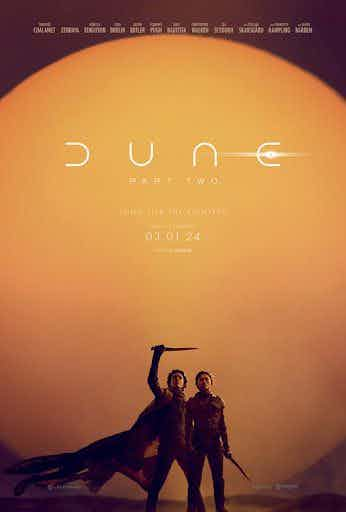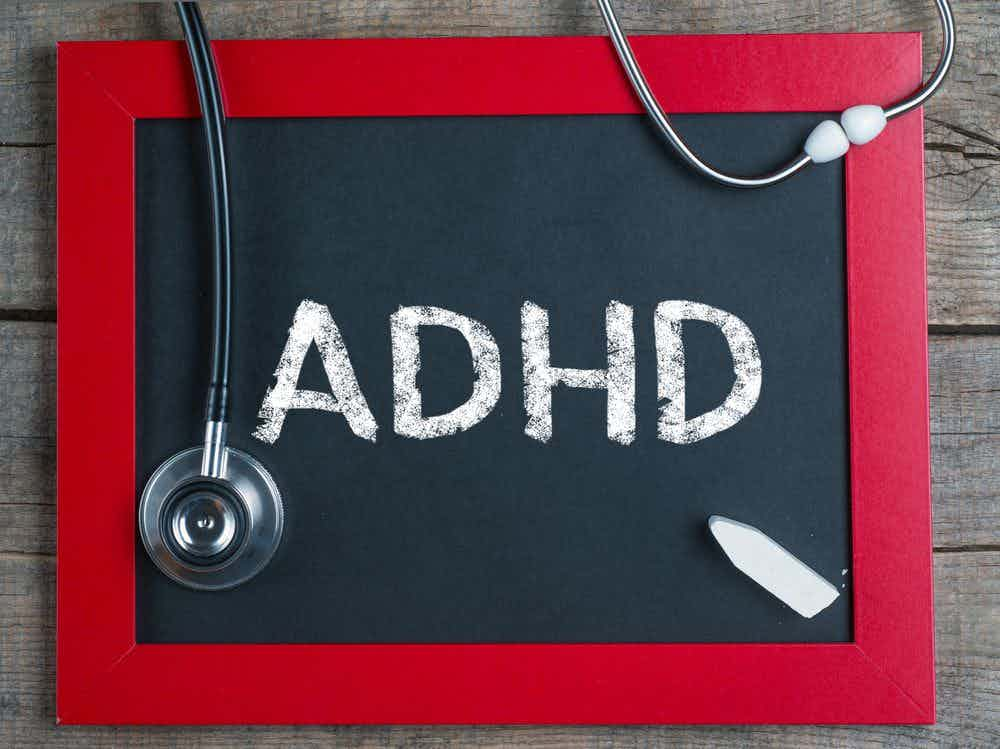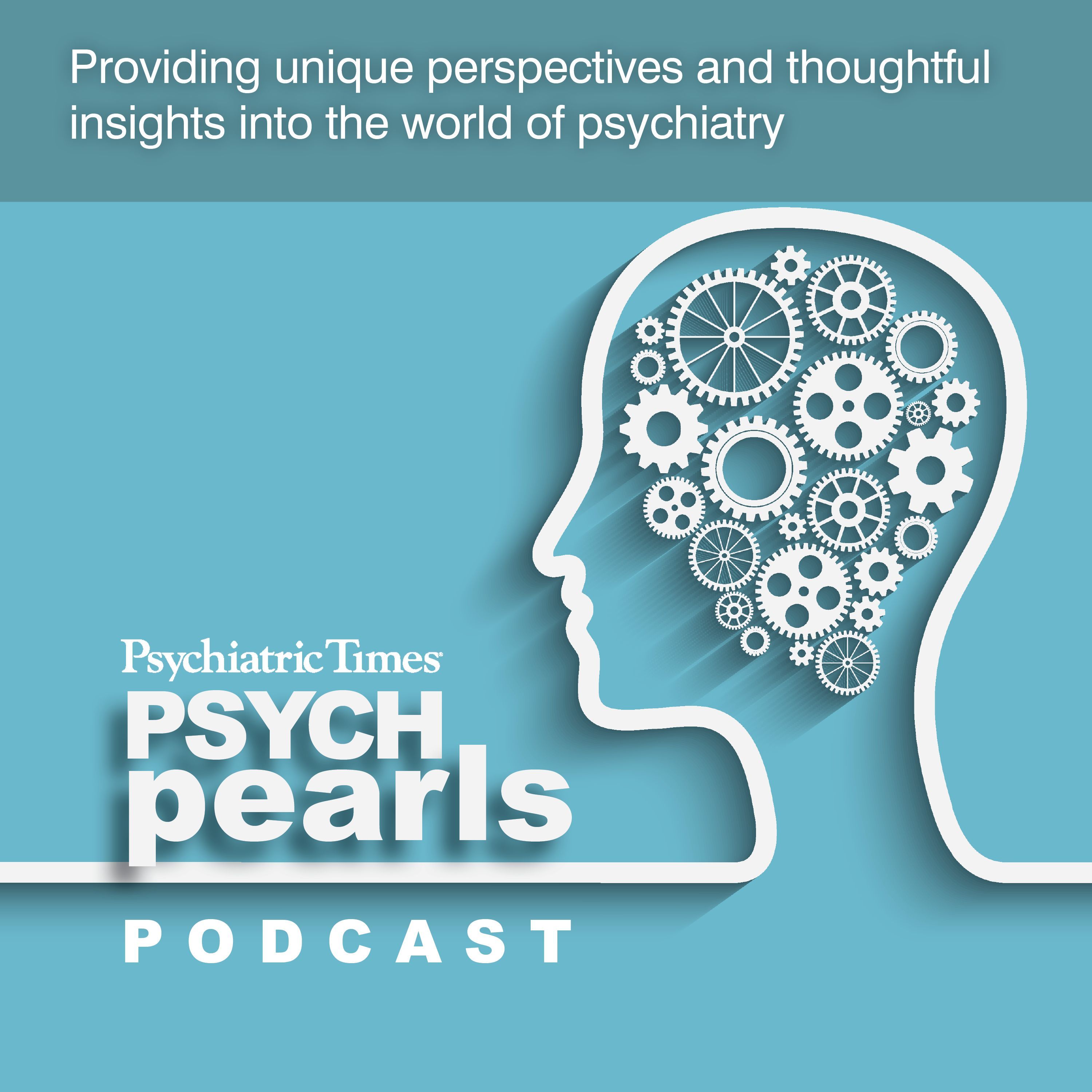Blog
Article
Lorazepam and the White Lotus in our Tariff Times
Author(s):
Key Takeaways
- "The White Lotus" explores themes of anxiety, lorazepam use, and the search for meaning, reflecting real-world societal issues.
- The series finale's timing with economic turmoil highlights potential increases in anxiety and medication use.
Are TV shows educating the public about psychiatric medications?
Marc Andreu/AdobeStock

PSYCHIATRIC VIEWS ON THE DAILY NEWS
Any column devoted to psychiatry’s views on the daily news must include popular culture, and popular culture includes TV series. One of the more popular shows has been the dark comedy “The White Lotus,” which just had its season 3 finale.
Actually, I did not know about that until I saw some headlines in New York Times on April 61-3:
“‘White Lotus’ Audience is Big, and Keeps Getting Bigger”
“‘The White Lotus’ Season 3 Finale Recap: Bloodshed and Sacrifice”
“We’ll Always Have Lorazepam”
We do not have HBO and I have never seen the program, so I suppose ignorance might be a contraindication to commenting, but how does a psychiatrist ignore a series in which lorazepam has a starring role? It is one of the benzodiazepines used mainly for anxiety or alcohol withdrawal, though it has its own addiction potential. Studies indicate that about 20% of individuals who take benzodiazepines misuse them.4 Being old enough, I connect it also to the popularity of Valium, the diazepam known as “mother’s little helper,” per the Rolling Stones’ song from the 1960s. Influenced by the HBO show, lorazepam has expanded to memes and merchandise.
If you have watched the show, you know it is about guests at a White Lotus resort in Thailand for a week and their quest for some sort of meaning in their lives, meanings like money, friendships, and spirituality. One character relies extremely on lorazepam for her anxiety. Buddhism and a Buddhist monk are featured. The finale is not too promising to say the least, with 5 deaths, 1 near-death experience, and aborted poisonings.
The white lotus flower is also a symbol in Buddhism and Hinduism. It represents the potential of a state of mind, of becoming awakened to the wonders of life.
At the same time of the finale, our stock market tanked as heavy tariffs were laid upon other countries. More than likely, it will increase expected anxiety in those in the stock market, but for some the anxiety and fear will become more intense and dysfunctional. Will the use of such anti-anxiety medications and other drugs increase? Will conspiracy theories become the explanation for this economic problem? Now, we are also already often addicted to social media. What role will that play?
Art, life, and psychiatry seem to merge in this coincidence of fictional personal disasters at an imagined resort and the real-life financial disaster unfolding. We can hope that in season 4 there will be more spiritual meaning that reaches toward the white lotus symbol. We can hope that the current financial threat ends. More psychiatric help is likely to be needed, depending on how our societal problems further unfold. In the meanwhile, it would be appropriate for psychiatry to educate the public about the mental health risks involved that are dramatized in “The White Lotus.”
Dr Moffic is an award-winning psychiatrist who specialized in the cultural and ethical aspects of psychiatry and is now in retirement and retirement as a private pro bono community psychiatrist. A prolific writer and speaker, he has done a weekday column titled “Psychiatric Views on the Daily News” and a weekly video, “Psychiatry & Society,” since the COVID-19 pandemic emerged. He was chosen to receive the 2024 Abraham Halpern Humanitarian Award from the American Association for Social Psychiatry. Previously, he received the Administrative Award in 2016 from the American Psychiatric Association, the one-time designation of being a Hero of Public Psychiatry from the Speaker of the Assembly of the APA in 2002, and the Exemplary Psychiatrist Award from the National Alliance for the Mentally Ill in 1991. He presented the third Rabbi Jeffrey B. Stiffman lecture at Congregation Shaare Emeth in St. Louis on Sunday, May 19, 2024. He is an advocate and activist for mental health issues related to climate instability, physician burnout, and xenophobia. He is now editing the final book in a 4-volume series on religions and psychiatry for Springer: Islamophobia, anti-Semitism, Christianity, and now The Eastern Religions, and Spirituality. He serves on the Editorial Board of Psychiatric Times.
References
1. Koblin J. ‘White Lotus’ audience is big, and keeps getting bigger. New York Times. April 6, 2025. Accessed April 8, 2025. https://www.nytimes.com/2025/04/06/business/media/white-lotus-ratings.html
2. Murray N. ‘The White Lotus’ season 3 finale recap: bloodshed and sacrifice. New York Times. April 6, 2025. Accessed April 8, 2025. https://www.nytimes.com/2025/04/06/arts/television/white-lotus-recap-season-3-finale.html
3. Safronova V. We’ll always have lorazepam. New York Times. April 6, 2025. Accessed April 8, 2025. https://www.nytimes.com/2025/04/06/style/the-white-lotus-lorazepam-memes.html
4. Maust D, Lin L, Blow F. Benzodiazepine use and misuse among adults in the United States. Psychiatr Serv. 2019;70(2):97-106.















